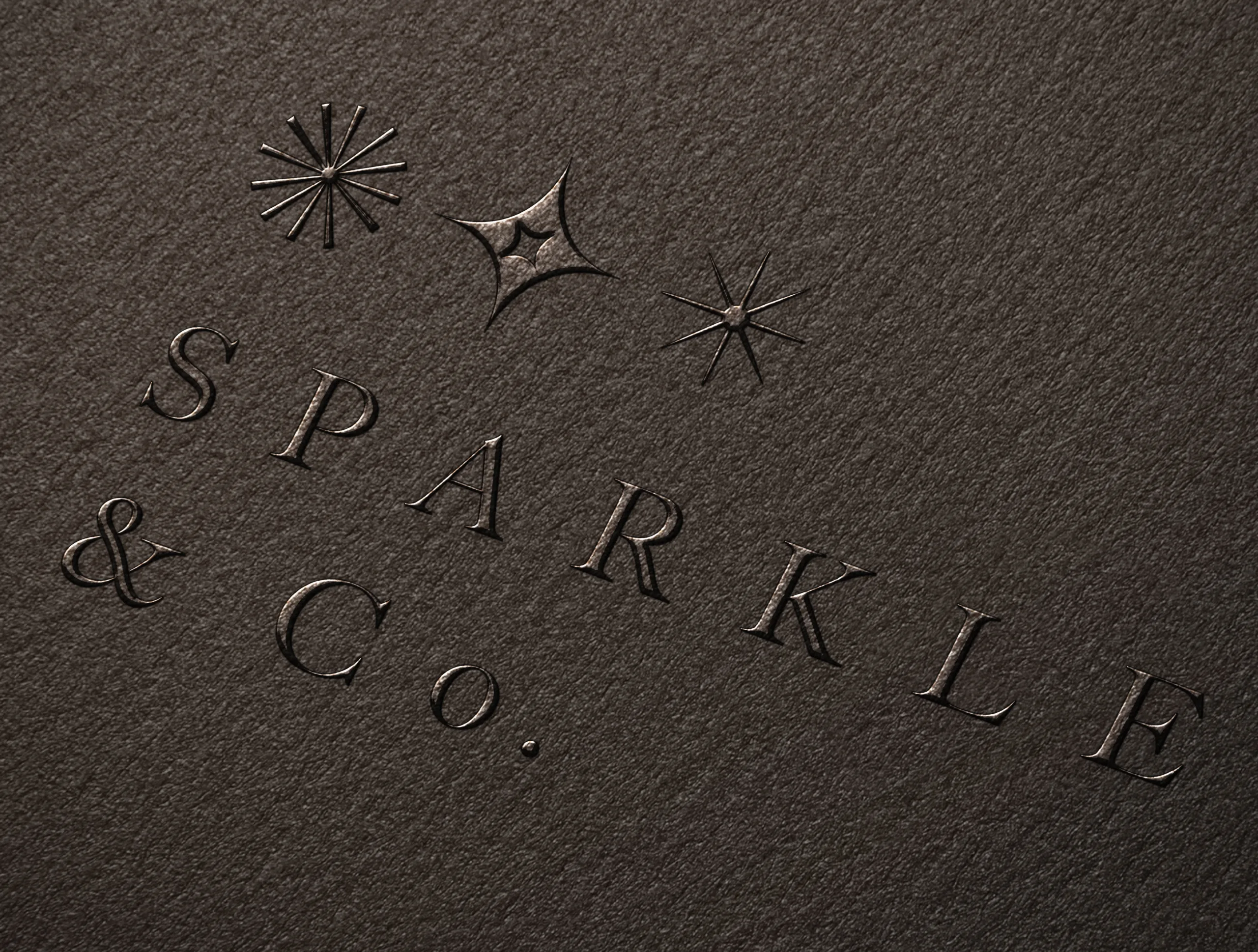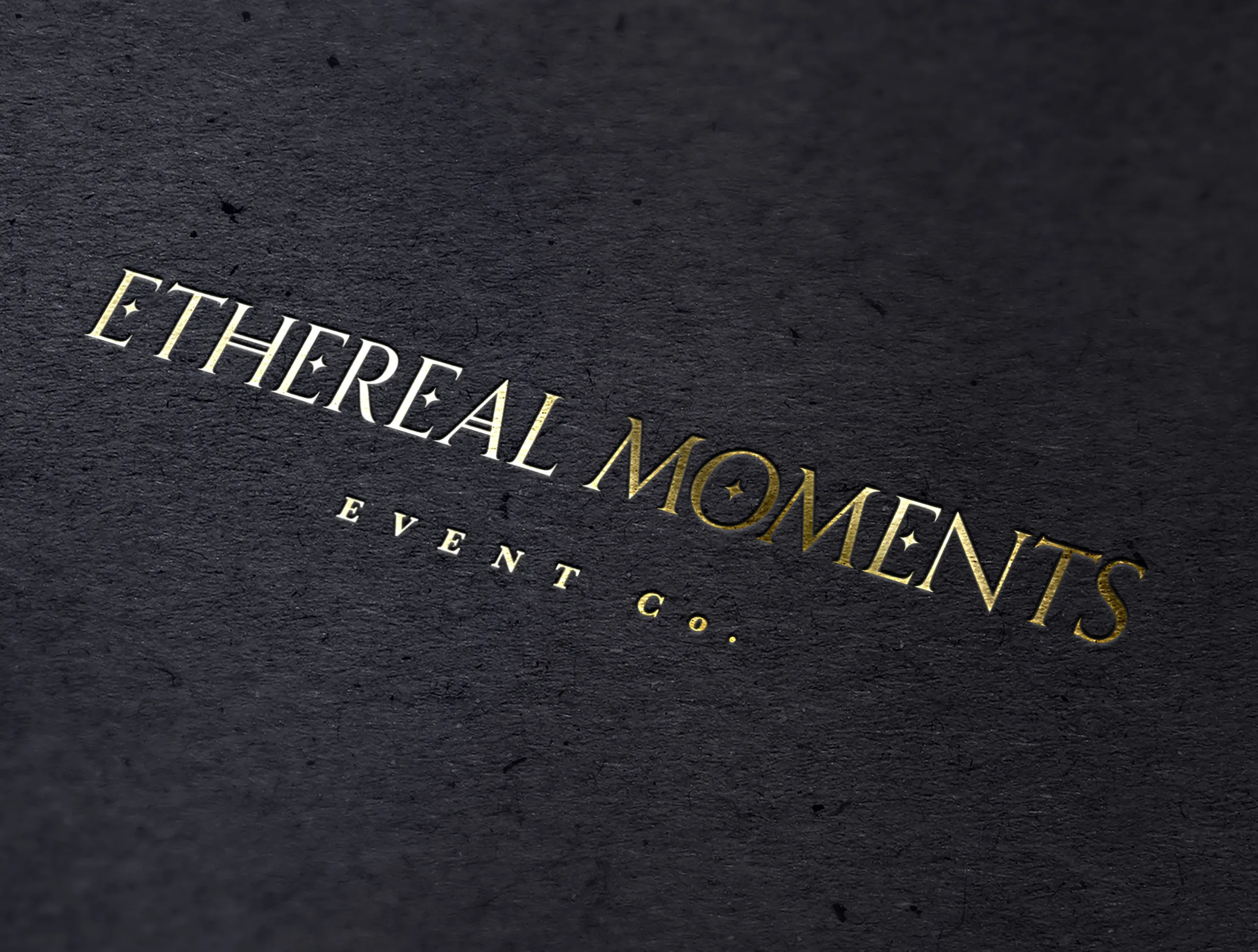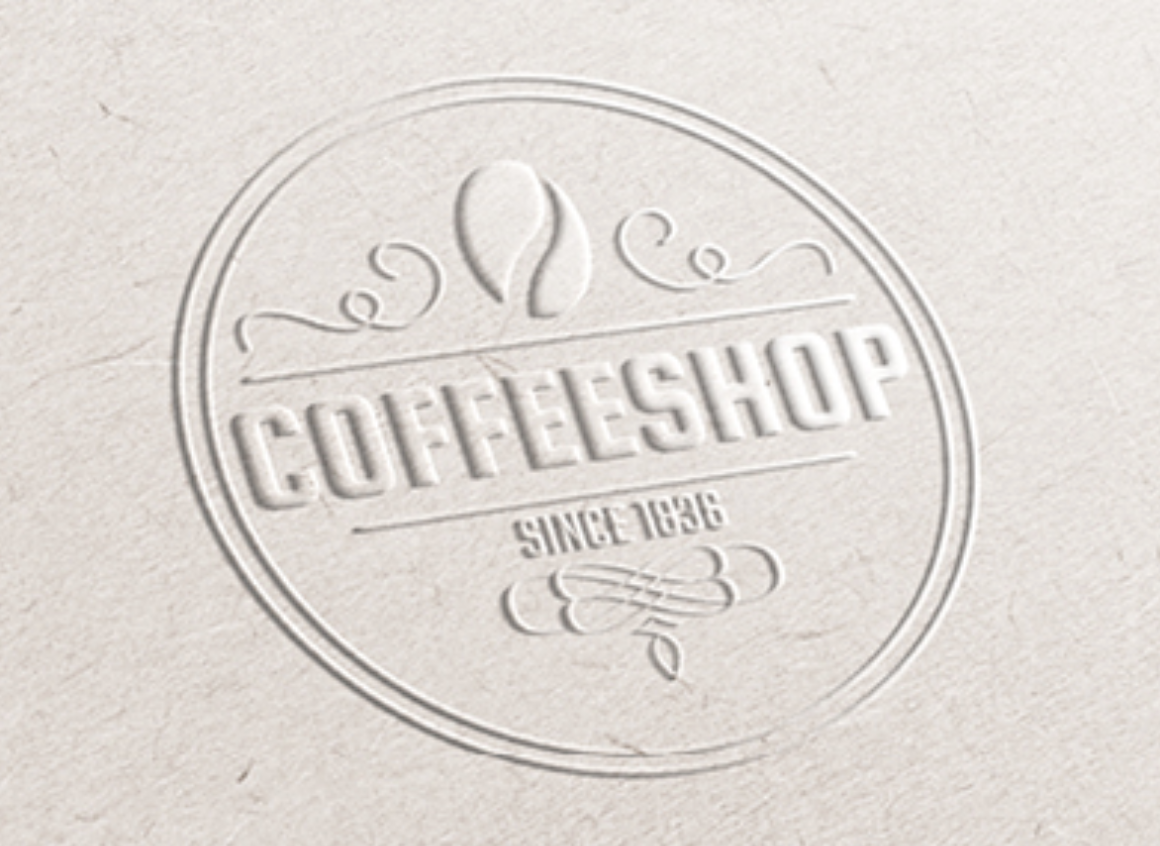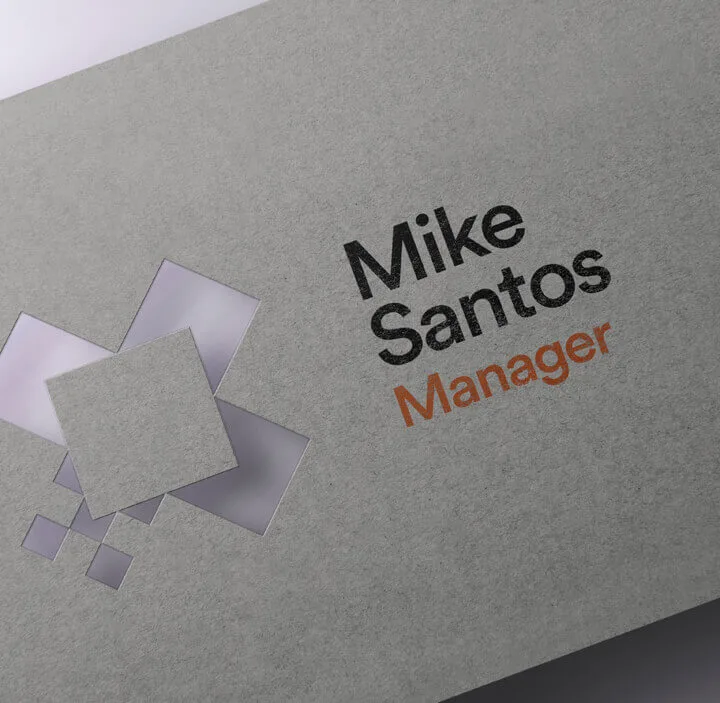
What is Print Creasing

Spot Varnish
Spot varnishing is a specialised technique that applies a clear, glossy coating to specific areas (spots) of your printed piece. This selective application creates a contrast between coated and uncoated areas adding texture, depth, and visual interest. Following the application of varnish to the selected area, this finish utilises ultraviolet light to dry and harden the varnish creating a shiny, durable finish on those spots.
Designers use spot varnishing to highlight specific design elements like logos, graphics, or text, to draw attention to key features. Further, this finish can be used to create visual and tactile contrasts on printed materials, making certain areas stand out through glossiness against matte or uncoated backgrounds.
The use of spot varnishing communicates a variety of messages to the recipient. The added texture and shine suggests a high-quality product or service, often associated with luxury or premium offerings. The tactile and visual effects can convey a sense of innovation and creativity, indicating that the business values design and aesthetic appeal. For these reasons, spot varnishing is an excellent choice for luxury brands, creative services, special events, and corporate offices.

Foil Stamping
Foil stamping is a distinctive print finishing technique that involves applying metallic or pigmented foil onto the surface of your materials. First, the area to receive the foil stamp is selected, then a custom metal die is crafted in the shape of the design to be stamped, and the die is heated and pressed onto the foil material which is placed over the print. The heat and pressure causes the foil to adhere to the substrate only in the design areas covered by the die. Finally, after the foil is applied, the excess is removed, leaving behind a metallic or coloured design.
This finish is often used to accentuate key elements such as logos, titles, and special graphics. It introduces a unique texture and visual contrast, particularly when used alongside conventional inks or specific paper types. The foils come in various colours and finishes, including metallic, matte, holographic, and more, allowing for unique and dynamic designs.
The shimmer and texture associated with foil stamping are traditionally viewed as indicators of high quality and luxury. Foil stamping communicates distinctiveness, setting brands or products apart in the marketplace. Foil stamping has versatile uses across a variety of printed materials – more than business cards and letterheads, this technique is often found on certificates and books, making it the ideal finish for training and education facilities, publishing houses, and wedding and event planning industries.

Embossing & Debossing
The art of embossing and debossing transforms the tactile landscape of print, inviting fingers to trace the contours of raised (embossed) or recessed (debossed) design. This enhances the overall material with an elegant and understated look on its own, or can be further enhanced by combining with other print finishes like foil stamping.
This technique has a variety of design applications, from adding texture and dimension to printed materials, enhancing the tactile experience and visual appeal, to adding special accents to invitations, book covers, and premium stationery. Embossing and debossing can be integral to branding materials such as business cards, letterheads, and packaging, where a distinctive touch or higher perceived value is desired.
Utilising embossing and debossing in your design suite speaks to the high level of quality customers can come to expect from your brand. Employing these techniques can signal that your brand pays close attention to detail and values craftsmanship, and the physical interaction required to appreciate the indented areas engages the recipient in a more personalised way, enhancing connection to your brand or product.

Die Cutting
Used to create intricate patterns, unique shapes, and custom cut-outs, die cutting is another versatile print finishing technique that enhances the quality and aesthetic appeal of your materials. The process involves using a sharp steel blade formed into a specific shape (the die), to cut paper, cardstock, or other materials into the desired shape.
On top of creating custom shapes, die cutting has further design and functional purpose. It can be used to add interactive elements, such as pop-ups in greeting cards, windows in envelopes or covers and tabs in folders and brochures. Additionally, it can create pockets or slots in printed materials.
The use of die cutting communicates a sense of creativity and meticulous planning, showing that your brand is willing to go beyond the basics and has a high level of attention to detail. Die-cut materials also enhance engagement, encouraging interaction and intensifying the tactile experience of your piece. For this reason, die-cutting is at home in marketing and advertising, retail and packaging, event planning and invitations, and arts and crafts.
It’s clear that these finishing touches are more than mere add-ons, they’re the unsung heroes of your print materials, giving your designs and branding the extra ‘oomph’ they need to make a meaningful connection with the recipient. Whether you’re looking to assert your brand’s luxury status, underscore its commitment to innovation, or simply create more memorable customer experiences, the right finish can make all the difference.
Don’t let your brand’s first impression be its last. Get in touch with your local Kwik Krew to brainstorm, collaborate, and unleash some serious print potential. Together, we’ll make sure your next print project is a masterpiece of communication and design. See what you can Make Possible today!
